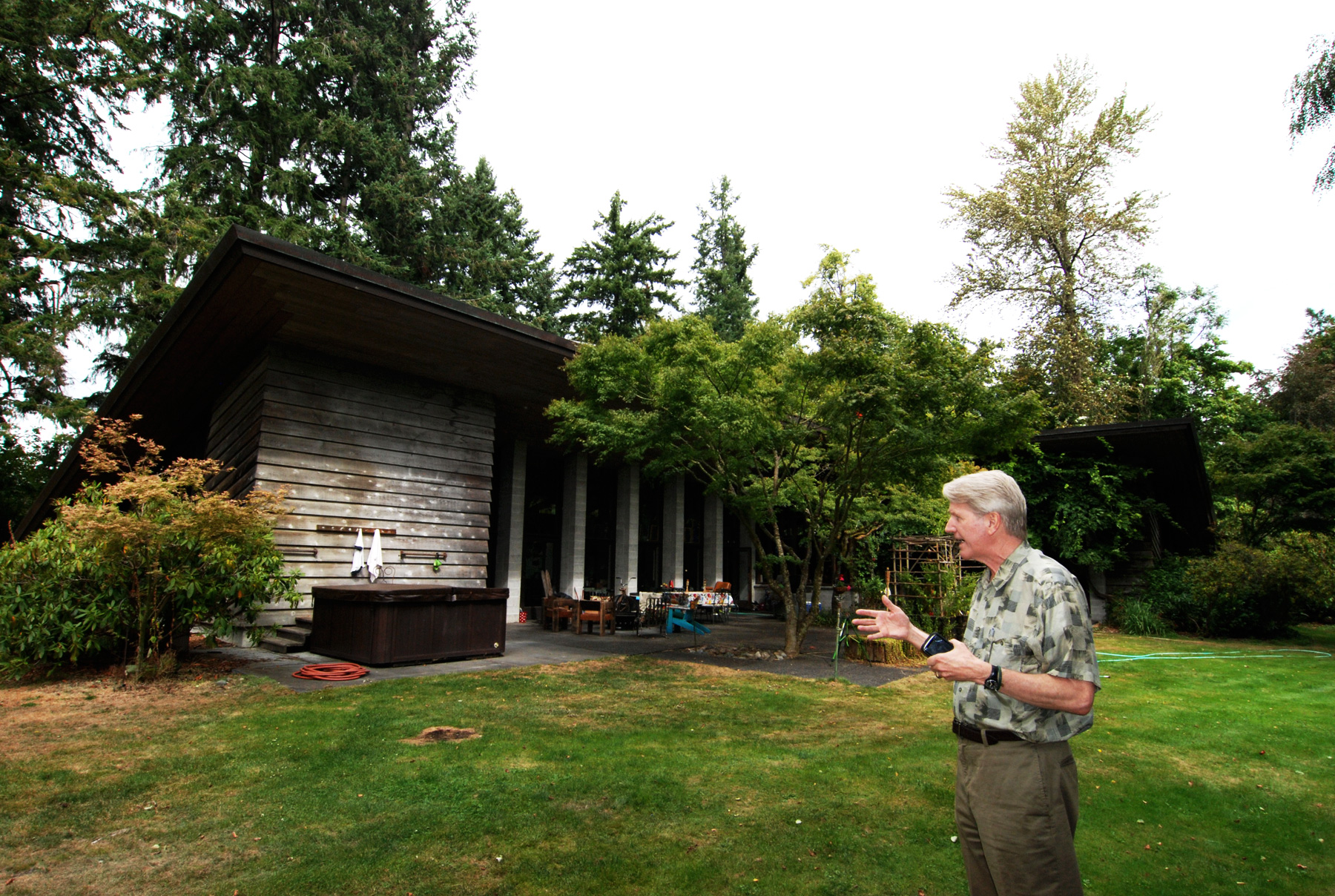
[Photo by BUILD LLC]
Several weeks ago, we had a chance to revisit the Frank Lloyd Wright-designed Tracy House in Normandy Park, about 14 miles south of Seattle. We hadn’t been there since the public tour offered in January of this year, but this time we weren’t on a tour. We were invited to the house by Larry Woodin, President of the Frank Lloyd Wright Building Conservancy and host of the various Wright tours that have been offered in the area. We connected with Larry through the tours, and could immediately tell he had some interesting stories about his life and his connection to these homes. After expressing interest in interviewing him for the blog, he suggested we meet at the Tracy House. The classic Usonian with clear views out to Puget Sound was the perfect venue for our chat.
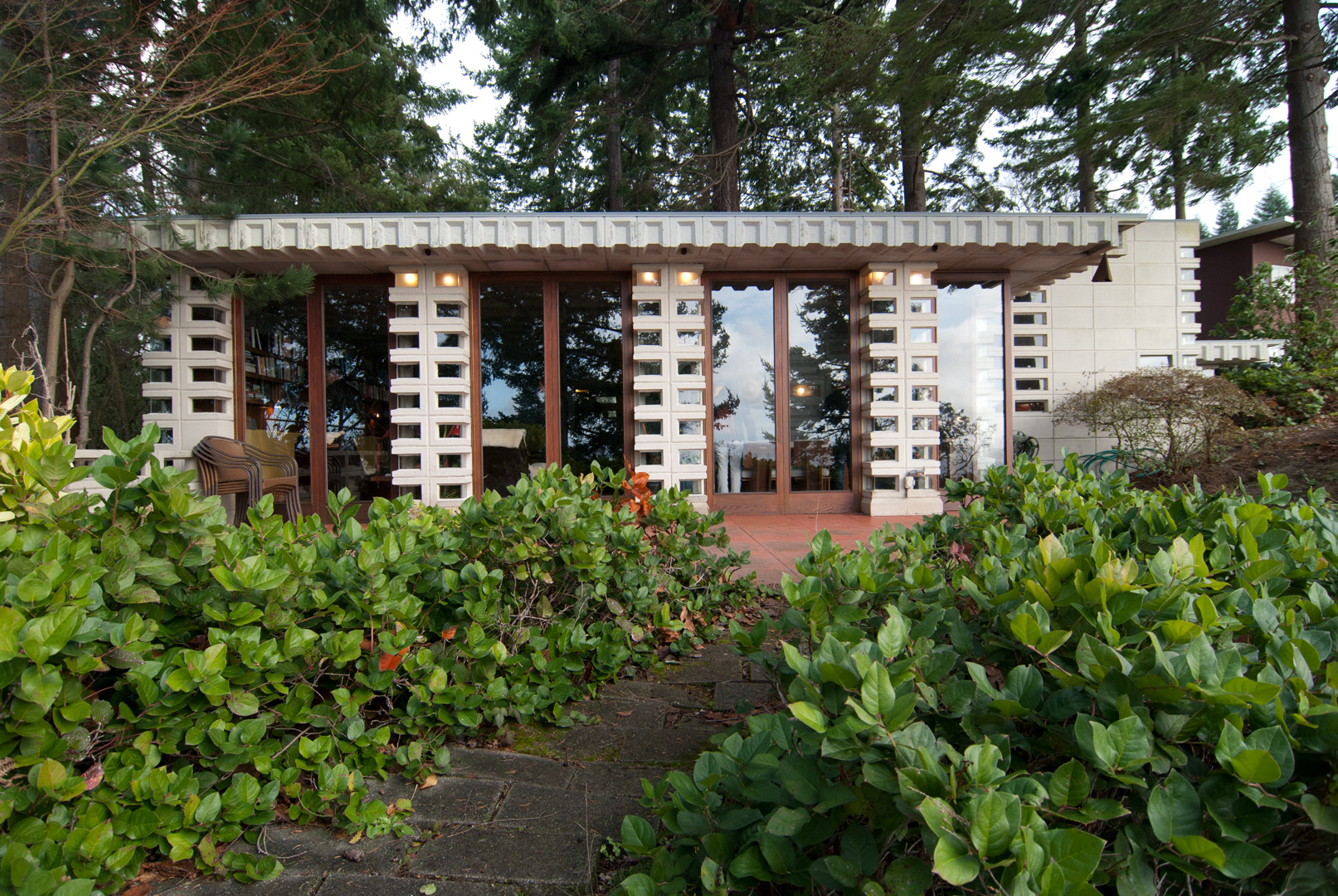
[Photo by BUILD LLC]
Tell us a bit about your background. Where you’ve lived, studied, and what eventually lead to where you are today.
I’m originally from Washington, and grew up here. When I was a young boy, my parents purchased lakefront property for a new house they planned on building. One day, while venturing out on the rowboat, I came across a stunning house, unlike any I had seen before. It turned out the owners were friends of my parents and I learned that the house was designed by Milton Stricker, a student of Frank Lloyd Wright. I could tell this was something important. I started devouring every book I could get my hands on about architecture and Frank Lloyd Wright. You could say I had enthusiasm for the topic.
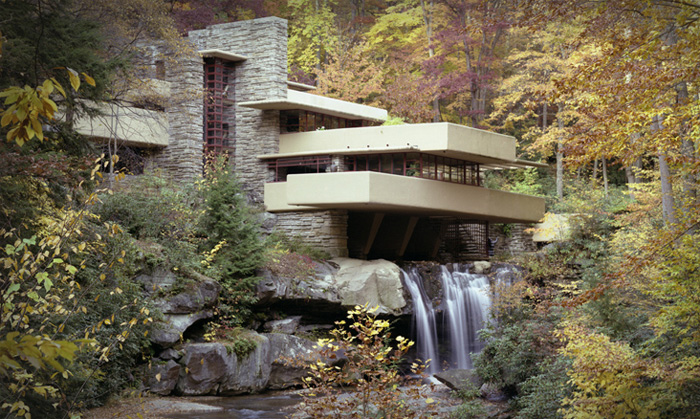
[Image source: Fallingwater]
I’d always been a bold character, so I asked my dad for Milton’s phone number, and after one phone call, I found myself invited to gatherings, potlucks and tours hosted by Milton for his circle of friends. It was through those events I was introduced to the Brandeses and the Tracys. And through Milton I learned about Taliesen, where he attended school and where I desired to go.
I was also lucky to have traveled a lot as a teenager. My father was an airline pilot, and access to affordable flights allowed me to take frequent trips to Vancouver, where my cousin and her husband (the architect for my parents’ home) lived. It was a very creative time in Canadian design; I was exposed to Arthur Erickson’s work and other great Canadian architecture. I’d also taken trips to San Francisco, Fallingwater (thanks to the connection with Milton), and Taliesen West.
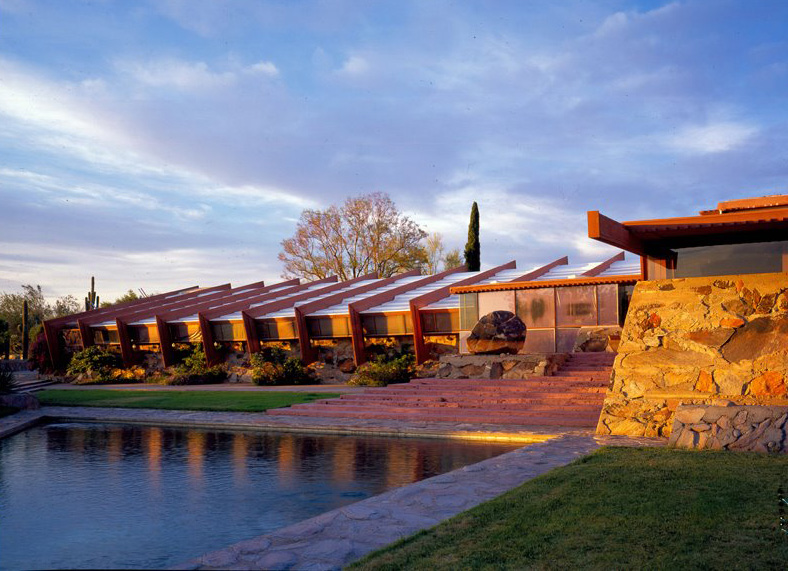
[Image source: Taliesen]
Instead of starting architecture school right away, I opted to stay at home and attend junior college while finishing prerequisites, save some money and spend time traveling Europe. Though I was serious about going to Taliesen for school, uncertainties about being drafted, and an apparent disregard for these uncertainties by Mrs. Wright, shifted my focus to study at the University of Washington. There, I spent my undergraduate and graduate years studying under Grant Hildebrand, Hermann Pundt, and Wendell Lovett. An undergraduate paper on the Griggs Residence led to connecting with the family and eventually fostering a remarkable friendship with Johanna and Chauncey Griggs, and eventually their son, Mark (who currently lives in the home with his family). As a master’s student, I worked under Pundt as his teaching assistant. I had many opportunities to conduct lectures, which prepared me for all the public speaking I do today.
As I was spending a lot of time lecturing on architecture and presenting my slides at various schools, I met Ray Brandes’ daughter-in-law who was involved with the Frank Lloyd Wright Conservancy. As I learned about the Conservancy, I eventually got involved with the conference held in Seattle, speaking on history and arranging tours.

[Image source: Colin Edward Slais]
And now, you’re the President of the Frank Lloyd Wright Building Conservancy. What does your role involve?
The Conservancy’s goal with any Wright structure involves general preservation as well as saving those under threat of demolition. We also aid in match-making between preservation-minded buyers and sellers. At the moment we’re trying to save the Wright House in Phoenix from demolition and redevelopment.
You’ve led the charge on saving Wright houses from certain demolition on several occasions. What sort of battle does one have to prepare themselves for in a situation like saving Oregon’s Gordon House, designed by Wright in 1957?
Getting the word out, mobilization, and doing what it takes to preserve these structures. With the Gordon House, the Conservancy was tipped off by the hired architect about the intentions of the buyer to demolish and redesign. We had to act fast and eventually convinced the buyers to donate the house to the Conservancy (and receive a tax write-off as a result). We then arranged to have the structure moved to a nearby location where it sits today.

[Image source: The Gordon House]
What projects are on your plate at the moment that people should be aware of?
The Wright House in Phoenix is currently under threat of demolition. We’re petitioning for landmark status to save the structure.* In Arizona, “Landmark Status” unfortunately only protects a structure from demolition for three years, but it buys us some time to figure out next steps.

[Image source: Frank Lloyd Wright Conservancy]
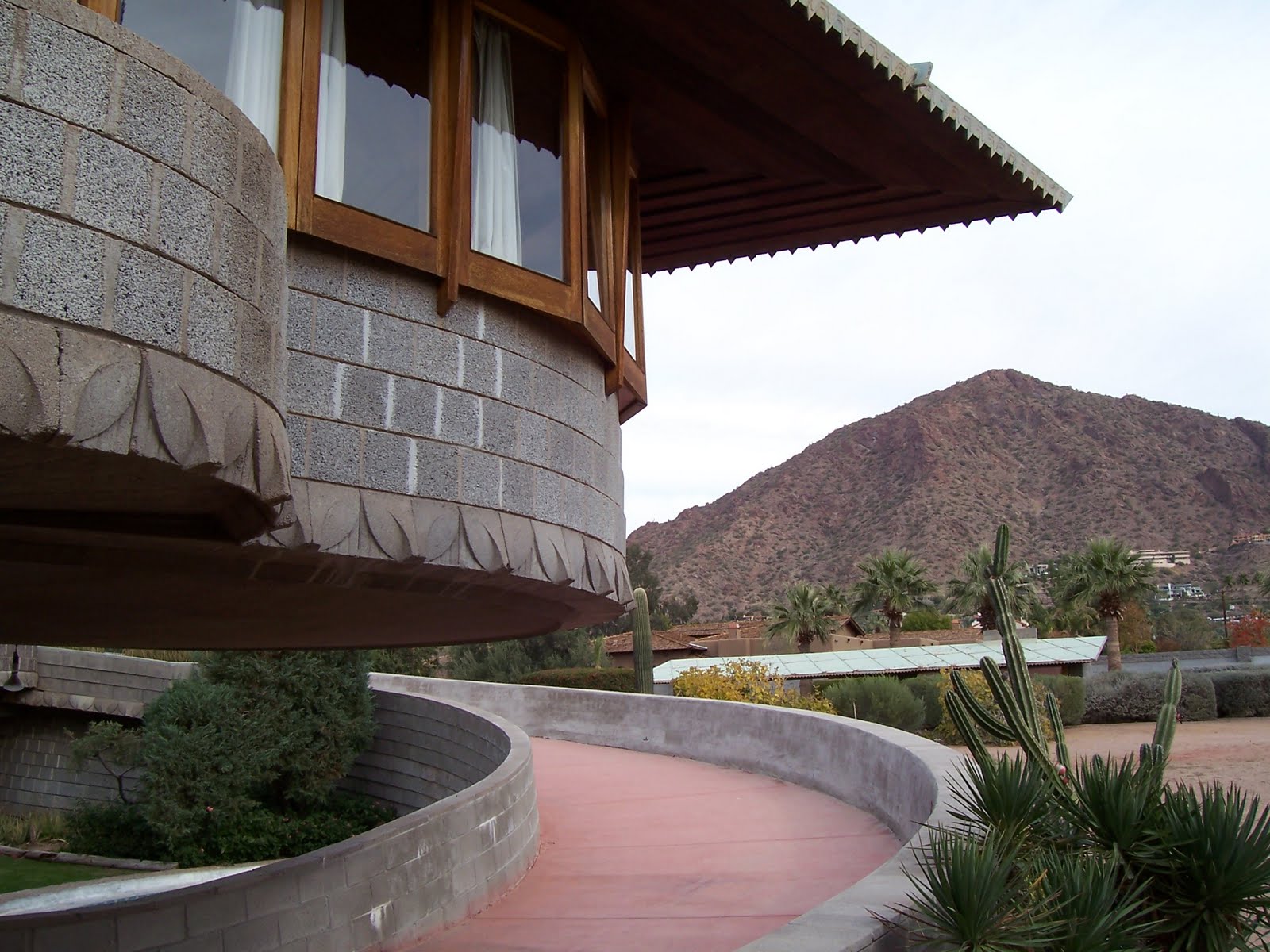
[Image source: Colin Edward Slais]
*This interview was conducted earlier this fall, and may not reflect the current state of David and Gladys Wright House. For up to the moment information, visit the Conservancy website.
What involvement do you have with the Taliesin school?
We have a good relationship, and I’ve stayed there as a guest on several occasions. With the current events in Phoenix, I’ve worked with Taliesen in preparations for meetings with the City. And with the recent relocation of Frank Lloyd Wright archives to New York City, Taliesen and the Conservancy have closely collaborated on this project.
What are the qualities that a homeowner must possess to own/live in a Frank Lloyd Wright home today?
An enthusiasm for Wright. They have to love the space. Their life will need to be organized around the building and not the other way around.
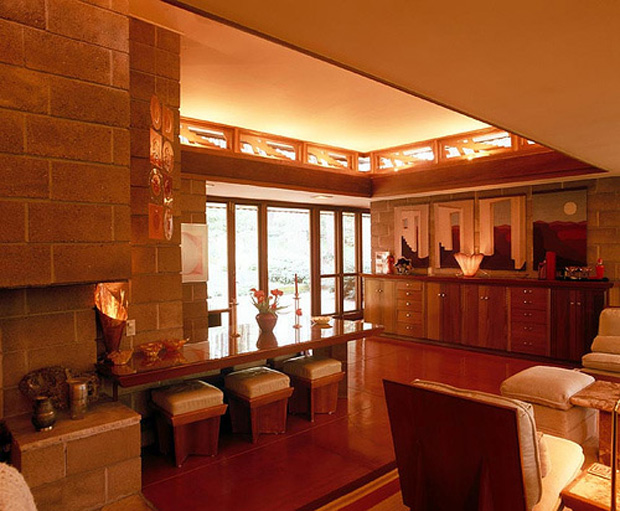
[Image source: Kiel Bryant]
Some people may not realize this, but Washington State is home to three Wright-designed homes. Can you tell us about his work in Washington and any special qualities of the residences?
The Griggs House has some very special qualities. Wright masterfully manipulated sunlight to create the effects he desired. He understood the behavior of the sun at different latitudes, and he designed the overhangs to control natural light within the house throughout the changing seasons. Recognizing the Griggs’ frequent hosting of dinner parties, the house is angled such that a flower vase at the end of the dining room table would have a beacon of sunlight hit it precisely at 7 o’clock when guests would arrive for dinner and be gone by the time they were seated.
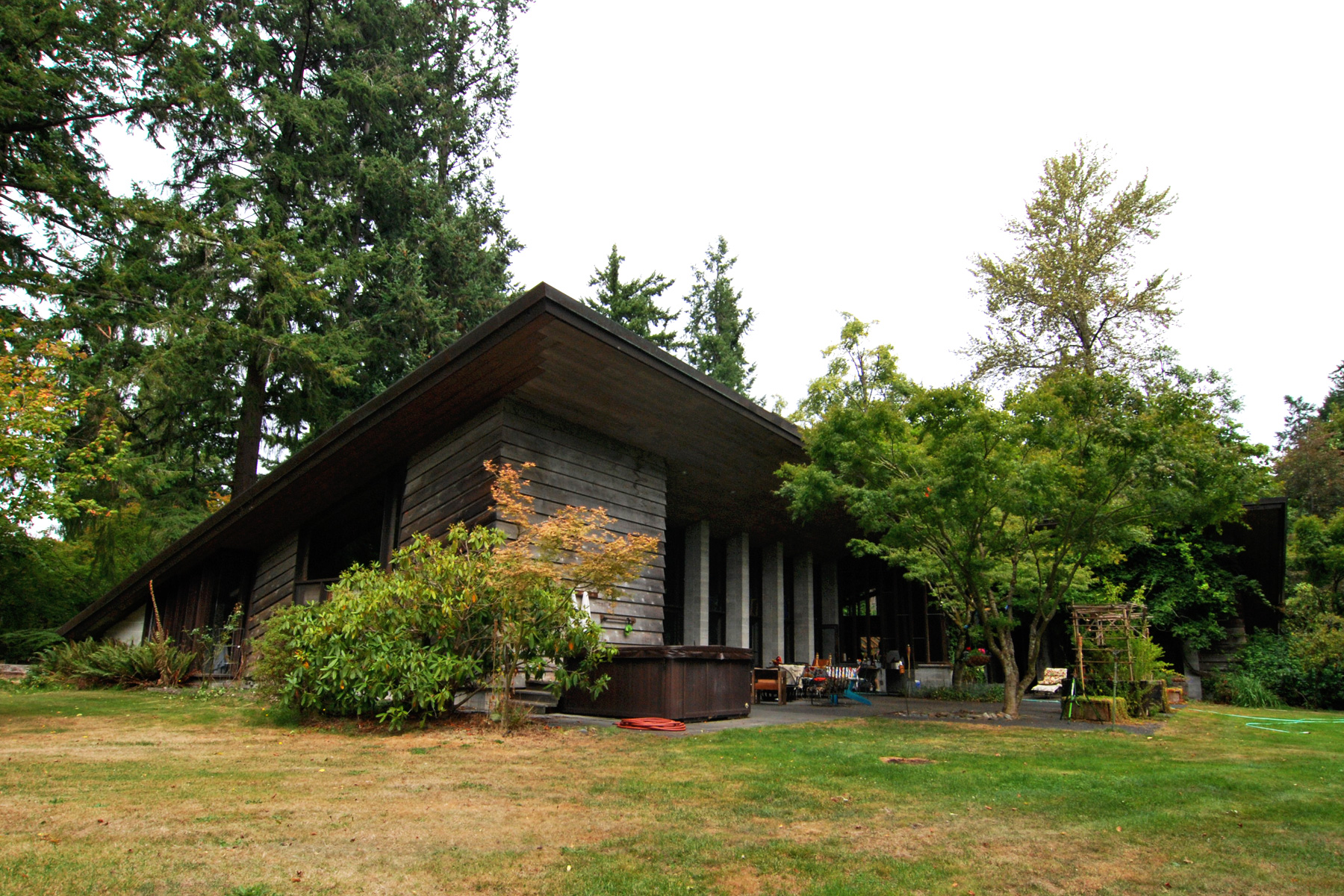
[Photo by BUILD LLC]
Many architects believe it’s important to walk the land and be present with the site in order to properly design a building, yet Wright never saw any of the three houses built in Washington. How do you reconcile this?
Genius. And Wright had a knowledge of the sites and environment of the region from his previous trips to Washington. He’d visited a number of times en route to Japan and for speaking engagements. He also required very accurate site plans, contours and photographs.

[Photo by BUILD LLC]
With regard to Wright’s work, how do you distinguish between preservation and maintenance? Are there conflicts between the two?
Maintenance is the priority. We must first ensure stability of the structure and provide the necessary upgrades. If the house is properly cared for, it’ll last a long time. Preservation and refinishing come after basic maintenance, and this includes adding elements that were in the original drawings but not built at the time (likely for reasons of cost). It’s important to draw that line and not do anything that we merely think Wright would have wanted but didn’t document.
Any upcoming tours or talks should people know about?
There’s the possibility for a Griggs House tour again next summer. Also, the Brandes House is still on the market.
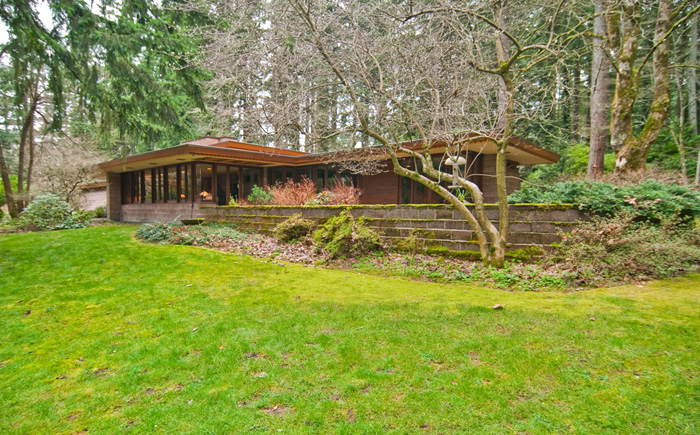
[Photo by BUILD LLC]
Big thanks to Larry for taking the time out to chat with us. We’ll be sure to share any news on upcoming tours on the BUILD Blog and via Twitter.
For more on Wright in Washington check our previous blog posts on the Tracy, Brandes, and Griggs Residences.
Cheers from Team BUILD





